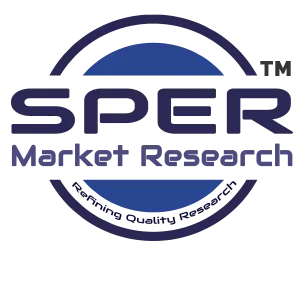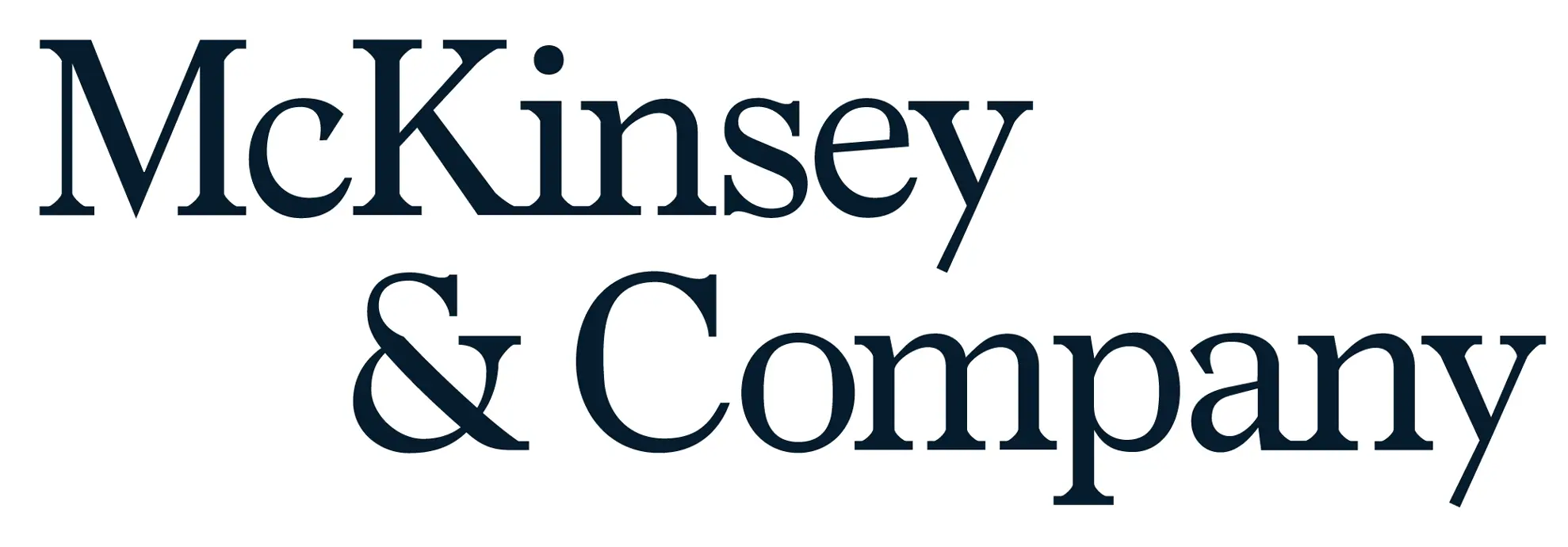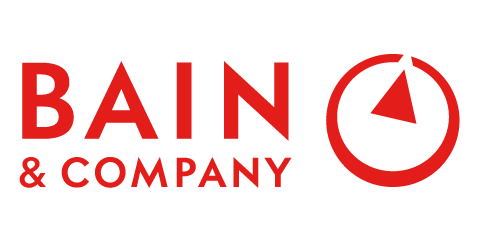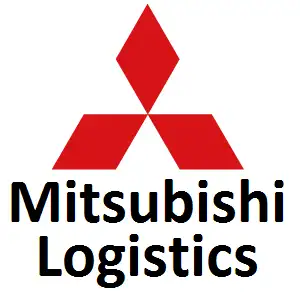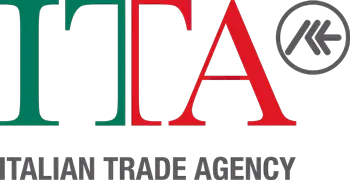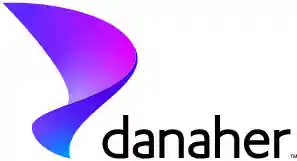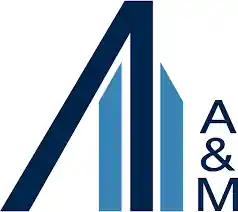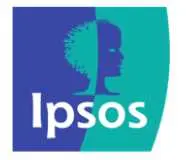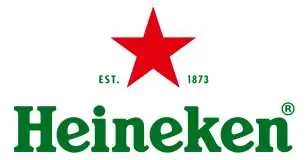
Regenerative Medicine Market Size, Trends, Growth, CAGR Status, Revenue and Future Opportunities
Regenerative Medicine Market Growth, Size, Trends Analysis - By Product, By Therapeutic Category - Regional Outlook, Competitive Strategies and Segment Forecast to 2034
| Published: Oct-2020 | Report ID: PHAR2001 | Pages: 1 - 273 | Formats*: |
| Category : Pharmaceutical | |||
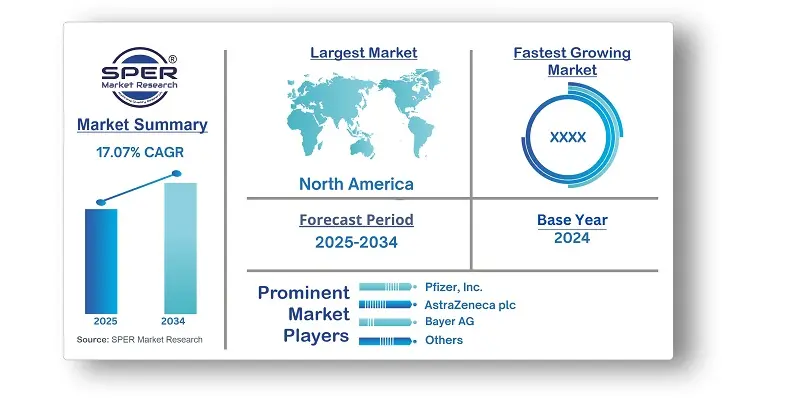
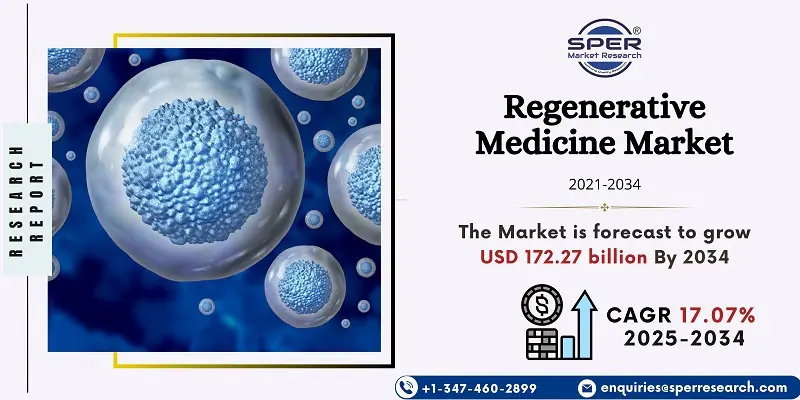
- In June 2024, Gilead Sciences has received FDA approval for their innovative gene therapy, which is intended to treat a rare genetic disorder that affects the brain. This approval represents a major turning point in Gilead's growth into regenerative medicine and highlights the company's dedication to creating novel treatments for diseases that were previously incurable.
- In March 2024, According to Novartis' final report on its new cell treatment for CAR-T, the company finished successfully a Phase II clinical trial aimed at aggressive forms of lymphoma. Better patient outcomes and greater remission rates attained by this experiment have shown that Novartis is a market leader in the development of cutting-edge cell treatments for regenerative medicine.
| Report Metric | Details |
| Market size available for years | 2021-2034 |
| Base year considered | 2024 |
| Forecast period | 2025-2034 |
| Segments covered | By Product, By Therapeutic Category. |
| Regions covered | North America, Latin America, Asia-Pacific, Europe, and Middle East & Africa. |
| Companies Covered | AstraZeneca plc, F. Hoffmann-La Roche Ltd., Integra Lifesciences Corp., Astellas Pharma, Inc., Cook Biotech, Inc., Bayer AG, Pfizer, Inc., Merck KgaA, Abbott, Vericel Corp. |
- Global Regenerative Medicine Market Size (FY’2021-FY’2034)
- Overview of Global Regenerative Medicine Market
- Segmentation of Global Regenerative Medicine Market By Product (Therapeutics, Tools, Banks, Services)
- Segmentation of Global Regenerative Medicine Market By Therapeutic Category (Dermatology, Musculoskeletal, Immunology & Inflammation, Oncology, Cardiovascular, Ophthalmology)
- Statistical Snap of Global Regenerative Medicine Market
- Expansion Analysis of Global Regenerative Medicine Market
- Problems and Obstacles in Global Regenerative Medicine Market
- Competitive Landscape in the Global Regenerative Medicine Market
- Details on Current Investment in Global Regenerative Medicine Market
- Competitive Analysis of Global Regenerative Medicine Market
- Prominent Players in the Global Regenerative Medicine Market
- SWOT Analysis of Global Regenerative Medicine Market
- Global Regenerative Medicine Market Future Outlook and Projections (FY’2025-FY’2034)
- Recommendations from Analyst
1.1. Scope of the report1.2. Market segment analysis
2.1. Research data source
2.1.1. Secondary Data2.1.2. Primary Data2.1.3. SPERs internal database2.1.4. Premium insight from KOLs
2.2. Market size estimation
2.2.1. Top-down and Bottom-up approach
2.3. Data triangulation
4.1. Driver, Restraint, Opportunity and Challenges analysis
4.1.1. Drivers4.1.2. Restraints4.1.3. Opportunities4.1.4. Challenges
5.1. SWOT Analysis
5.1.1. Strengths5.1.2. Weaknesses5.1.3. Opportunities5.1.4. Threats
5.2. PESTEL Analysis
5.2.1. Political Landscape5.2.2. Economic Landscape5.2.3. Social Landscape5.2.4. Technological Landscape5.2.5. Environmental Landscape5.2.6. Legal Landscape
5.3. PORTERs Five Forces
5.3.1. Bargaining power of suppliers5.3.2. Bargaining power of buyers5.3.3. Threat of Substitute5.3.4. Threat of new entrant5.3.5. Competitive rivalry
5.4. Heat Map Analysis
6.1. Global Regenerative Medicine Market Manufacturing Base Distribution, Sales Area, Product Type6.2. Mergers & Acquisitions, Partnerships, Product Launch, and Collaboration in Global Regenerative Medicine Market
7.1. Therapeutics
7.1.1. Primary cell-based therapeutics
7.1.1.1 Dermatology7.1.1.2 Musculoskeletal7.1.1.3 Surgical7.1.1.4 Dental7.1.1.5 Others
7.1.2. Stem Cell & Progenitor Cell-based therapeutics
7.1.2.1 Autologous7.1.2.2 Allogenic7.1.2.3 Others
7.1.3. Cell-based Immunotherapies7.1.4. Gene Therapies
7.2. Tools7.3. Banks7.4. Services
8.1. Dermatology8.2. Musculoskeletal8.3. Immunology & Inflammation8.4. Oncology8.5. Cardiovascular8.6. Ophthalmology
9.1. Global Regenerative Medicine Market Size and Market Share
10.1. Asia-Pacific
10.1.1. Australia10.1.2. China10.1.3. India10.1.4. Japan10.1.5. South Korea10.1.6. Rest of Asia-Pacific
10.2. Europe
10.2.1. France10.2.2. Germany10.2.3. Italy10.2.4. Spain10.2.5. United Kingdom10.2.6. Rest of Europe
10.3. Middle East and Africa
10.3.1. Kingdom of Saudi Arabia10.3.2. United Arab Emirates10.3.3. Qatar10.3.4. South Africa10.3.5. Egypt10.3.6. Morocco10.3.7. Nigeria10.3.8. Rest of Middle-East and Africa
10.4. North America
10.4.1. Canada10.4.2. Mexico10.4.3. United States
10.5. Latin America
10.5.1. Argentina10.5.2. Brazil10.5.3. Rest of Latin America
11.1. Abbott
11.1.1. Company details11.1.2. Financial outlook11.1.3. Product summary11.1.4. Recent developments
11.2. Astellas Pharma, Inc.
11.2.1. Company details11.2.2. Financial outlook11.2.3. Product summary11.2.4. Recent developments
11.3. AstraZeneca plc.
11.3.1. Company details11.3.2. Financial outlook11.3.3. Product summary11.3.4. Recent developments
11.4. Bayer AG
11.4.1. Company details11.4.2. Financial outlook11.4.3. Product summary11.4.4. Recent developments
11.5. Cook Biotech, Inc.
11.5.1. Company details11.5.2. Financial outlook11.5.3. Product summary11.5.4. Recent developments
11.6. F. Hoffmann-La Roche Ltd.
11.6.1. Company details11.6.2. Financial outlook11.6.3. Product summary11.6.4. Recent developments
11.7. GlaxoSmithKline
11.7.1. Company details11.7.2. Financial outlook11.7.3. Product summary11.7.4. Recent developments
11.8. Integra Lifesciences Corp.
11.8.1. Company details11.8.2. Financial outlook11.8.3. Product summary11.8.4. Recent developments
11.9. Merck KGaA
11.9.1. Company details11.9.2. Financial outlook11.9.3. Product summary11.9.4. Recent developments
11.10. Novartis AG
11.10.1. Company details11.10.2. Financial outlook11.10.3. Product summary11.10.4. Recent developments
11.11. Others
SPER Market Research’s methodology uses great emphasis on primary research to ensure that the market intelligence insights are up to date, reliable and accurate. Primary interviews are done with players involved in each phase of a supply chain to analyze the market forecasting. The secondary research method is used to help you fully understand how the future markets and the spending patterns look likes.
The report is based on in-depth qualitative and quantitative analysis of the Product Market. The quantitative analysis involves the application of various projection and sampling techniques. The qualitative analysis involves primary interviews, surveys, and vendor briefings. The data gathered as a result of these processes are validated through experts opinion. Our research methodology entails an ideal mixture of primary and secondary initiatives.
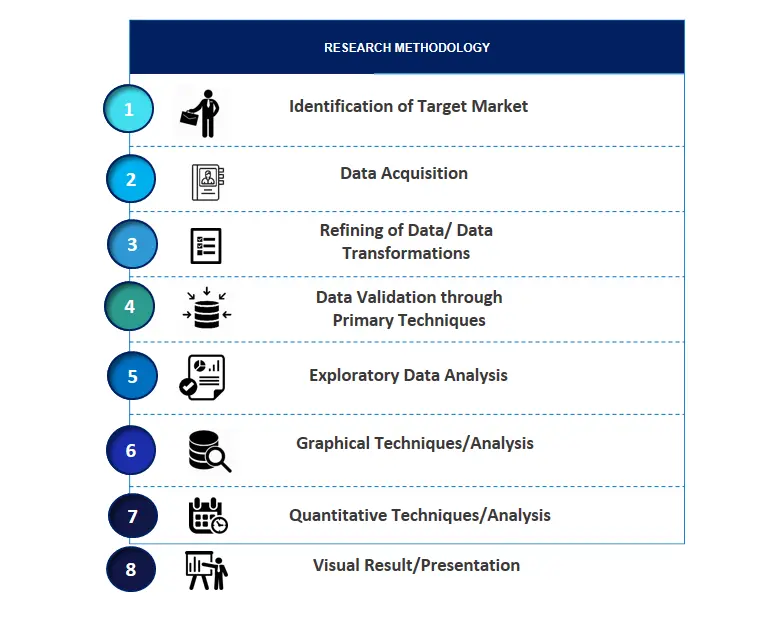
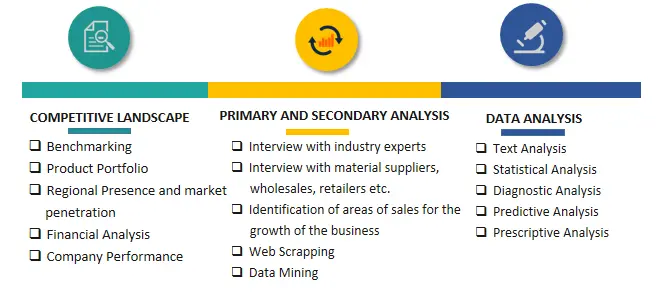

Frequently Asked Questions About This Report
PLACE AN ORDER
Year End Discount
Sample Report
Pre-Purchase Inquiry
NEED CUSTOMIZATION?
Request CustomizationCALL OR EMAIL US
100% Secure Payment
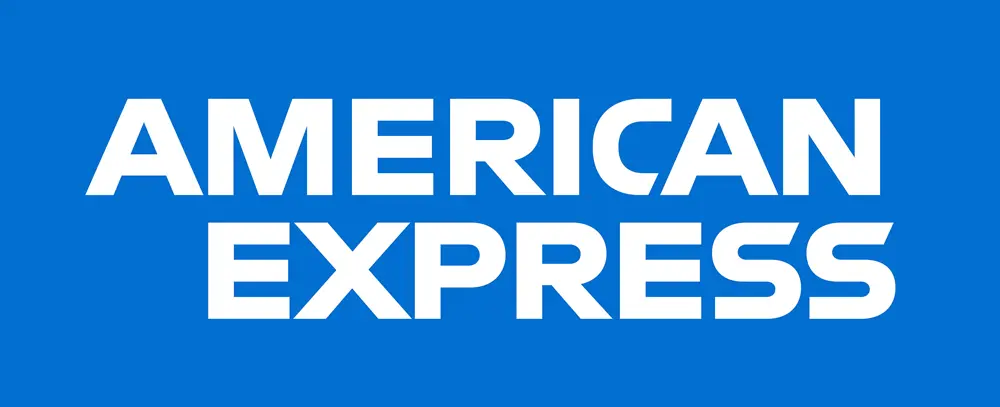
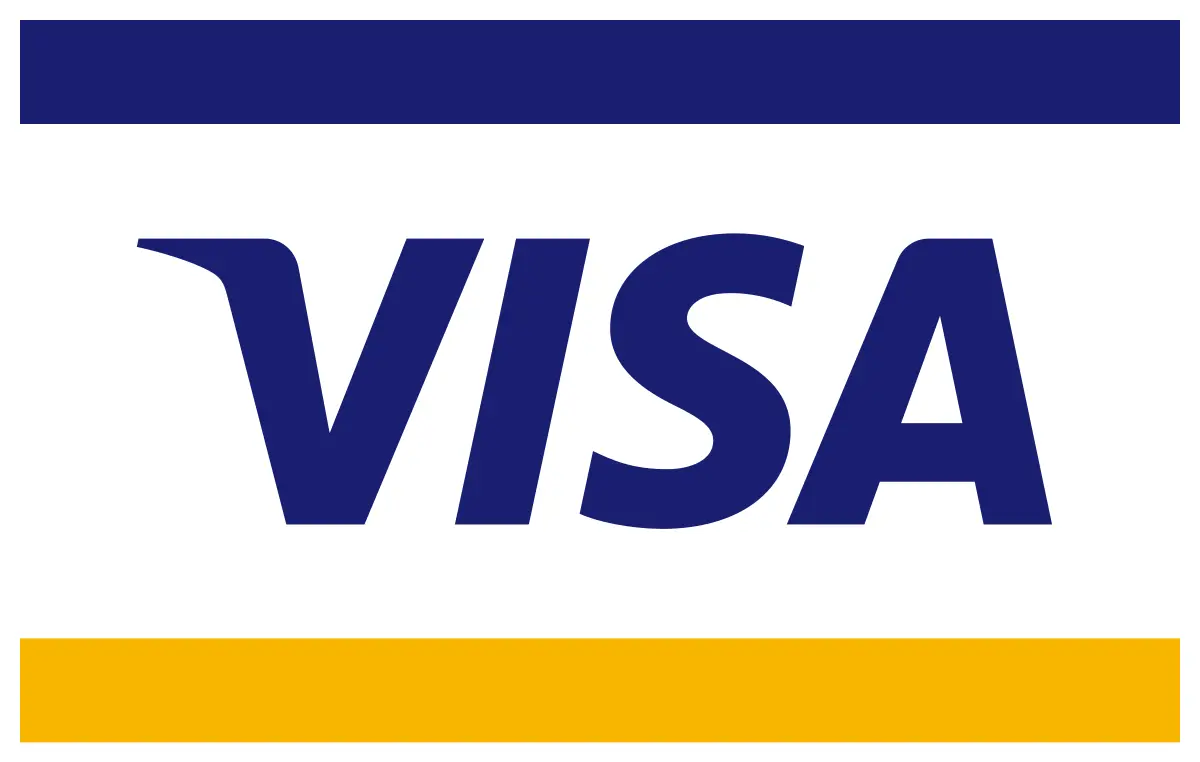
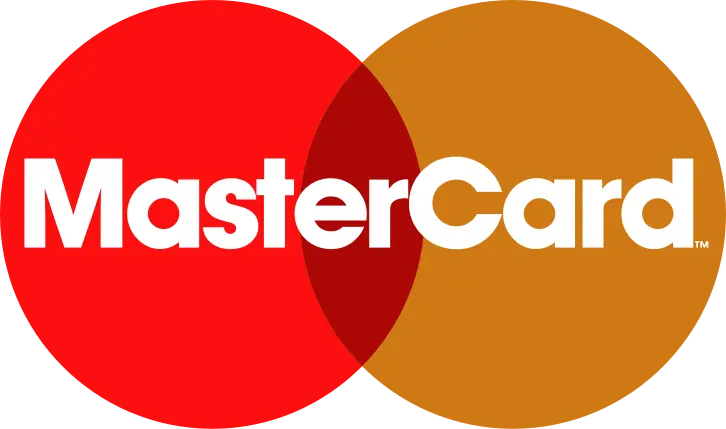
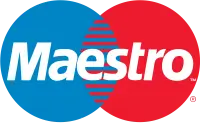


Related Reports
Our Global Clients
Our data-driven insights have influenced the strategy of 200+ reputed companies across the globe.

